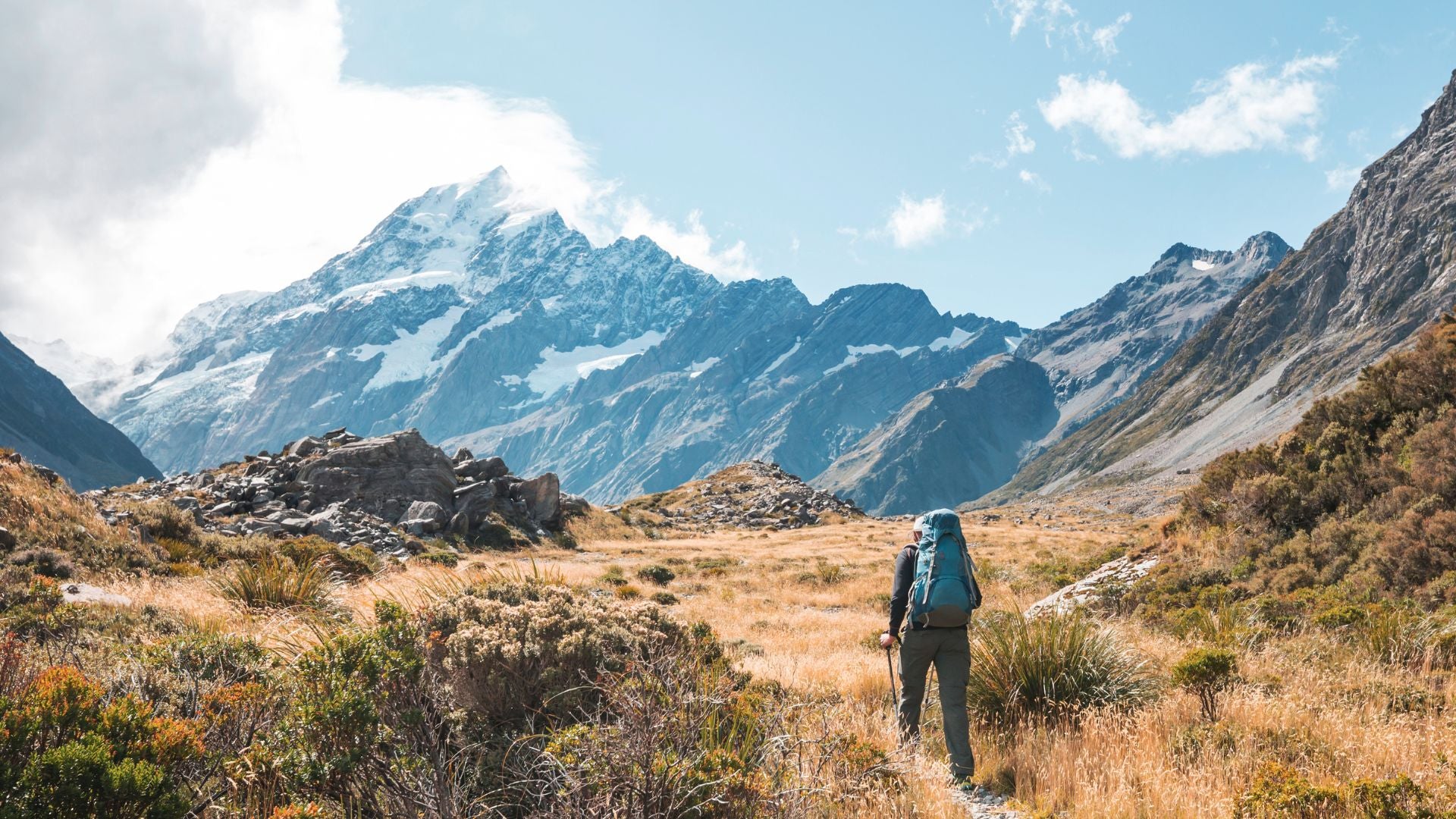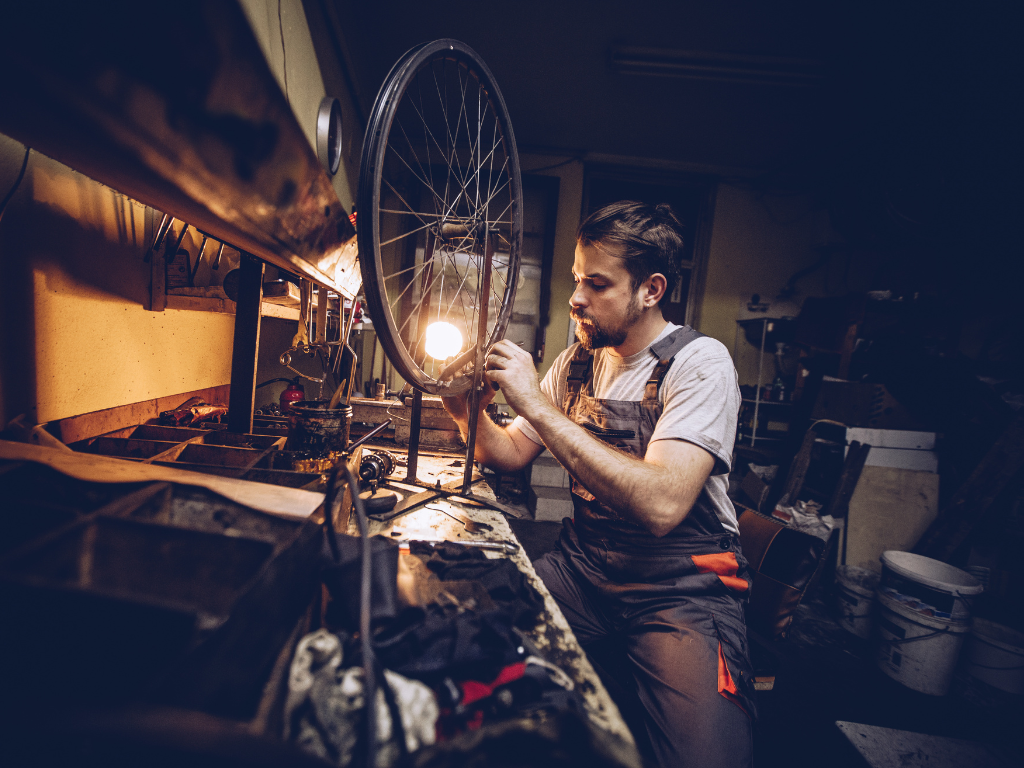Climbing is an exhilarating sport that challenges both your body and mind. Whether you’re training on a home wall, tackling an indoor gym, or venturing outdoors, beginners often fall into predictable traps that slow progress and increase the risk of injury. By learning to avoid these common mistakes, you can climb smarter, build confidence, and enjoy every session more.

Common Climbing Mistakes Beginner Climbers Make and How to Avoid Them
1. Skipping the Warm-Up
It’s tempting to jump straight onto the wall, but skipping a warm-up is one of the fastest ways to injure your shoulders, fingers, and forearms. Proper warm-ups increase blood flow, activate muscles, and prepare your joints for climbing.
How to Avoid It:
Spend 5–10 minutes on light aerobic activity like jumping jacks or jogging in place.
Include dynamic stretches and mobility exercises for wrists, shoulders, and hips.
Start your climb with a few easy routes at a slower pace.
2. Relying Too Much on Strength
Many beginners think climbing is all about pulling with your arms. Overusing upper body strength leads to fatigue and poor technique. Climbing efficiently is about balance, momentum, and body positioning.
How to Avoid It:
Focus on pushing with your legs, which are naturally stronger than your arms.
Keep your arms straight when possible and use your core to stabilize movements.
Practice controlled, deliberate motions instead of brute force.
3. Neglecting Footwork
Your feet are just as important as your hands. Weak footwork wastes energy, reduces stability, and makes routes feel harder than they are.
How to Avoid It:
Place your toes precisely on each hold and use the edges of your climbing shoes for grip.
Keep heels low and hips close to the wall for better balance.
Practice smearing and edging to improve versatility.
4. Wearing the Wrong Shoes
Climbing shoes are designed for precision and grip. Wearing regular sneakers or ill-fitting climbing shoes can make even simple routes frustrating.
How to Avoid It:
Choose shoes that fit snugly without causing pain.
Look for neutral shoes as a beginner-friendly option.
Prioritize comfort and control to help develop proper technique.
5. Fearing the Fall
Fear of falling is natural, especially for beginners, but letting it dominate can prevent progress and experimentation.
How to Avoid It:
Practice low-height falls onto padded mats in a controlled environment.
Learn proper landing techniques: knees slightly bent, arms tucked, and roll backwards if necessary.
Gradually increase height and difficulty to build confidence.
6. Overthinking Every Move
While route planning is important, hesitating or second-guessing every hold wastes energy and disrupts flow.
How to Avoid It:
Focus on smooth, continuous movement rather than “perfect” climbing.
Trust your instincts and adapt on the wall.
Learn from trying, failing, and adjusting instead of freezing mid-route.
7. Not Taking Breaks
Beginners often climb back-to-back without resting, leading to faster fatigue and slower progress.
How to Avoid It:
Take short breaks between climbs to let muscles recover and lactic acid dissipate.
Use rest time to analyze what worked and what didn’t.
Treat resting as an essential part of training, not downtime.
8. Neglecting Cross-Training
Focusing solely on climbing can cause imbalances and increase the risk of overuse injuries.
How to Avoid It:
Incorporate yoga, mobility work, and strength training into your routine.
Light cardio and core exercises improve endurance and stability.
A well-rounded fitness approach supports climbing technique and longevity.
9. Avoiding Difficult Holds (e.g., Slopers)
Many beginners shy away from slopers or other challenging hold types, which limits skill development.
How to Avoid It:
Start with easier routes that incorporate slopers and gradually increase difficulty.
Engage your core and trust friction rather than relying solely on grip strength.
Practice different hold types to become a versatile climber.
10. Random or Poor Hold Placement (For Home Walls)
If you’re building your own wall, tossing holds randomly can create awkward movement and inconsistent routes.
How to Avoid It:
Plan holds thoughtfully to teach proper body positioning and movement flow.
Include a variety of grips and route difficulties.
Focus on progression and skill-building rather than decoration.
11. Using Low-Quality Holds or Gear
Worn-out or poorly made holds can feel unpredictable and even unsafe.
How to Avoid It:
Invest in high-quality climbing holds and gear for reliability.
Replace worn holds and regularly inspect your equipment.
Well-made gear enhances technique development and safety.
Conclusion
Avoiding these common mistakes will make your climbing sessions safer, more effective, and more enjoyable. Remember, every climber starts as a beginner — mistakes are part of the learning process. By warming up properly, focusing on technique, resting, and gradually challenging yourself, you’ll see steady progress and gain confidence on every wall.
Climbing isn’t just about reaching the top — it’s about learning, improving, and enjoying the journey along the way.



